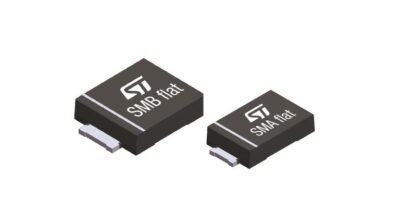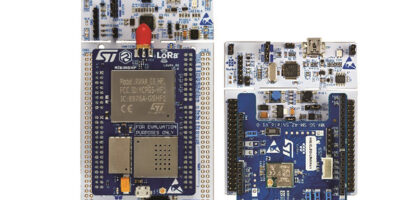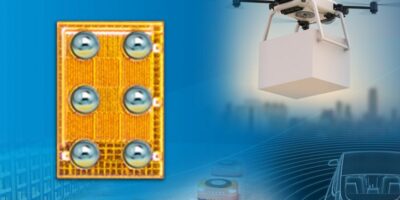European Utility Week 2019 (Paris, 12–14 November) is the meeting point for key players in the Smart Energy sector, where the latest developments in the transition to a fully integrated, low-carbon energy ecosystem will be revealed and discussed.
Analog Devices (ADI), on stand Q130 in the Utility Week Exhibition, will showcase the special expertise its technologies can contribute in areas such as smart metering, power quality analysis, and energy storage.
Global issues of climate change, carbon dioxide emissions, and pollution, set against an ever-growing demand for energy, are rarely out of the news: the need to migrate to a low-carbon, intelligent energy infrastructure is pressing. Operating a truly “smart” energy grid will require new capabilities in measurement, monitoring and control at all scales, bridging the analogue world of the power grid itself and the digital domain of analysis and control – a key interface where ADI can offer an unrivalled wealth of experience.
ADI Energy Analytics Studio; Maximising the potential of the Smart Meter
A demonstration on the stand will feature Analog Devices’ cloud-based analytics service receiving periodic meter health data from mSure® enabled meters. The meters are based on an energy metering IC with mSure technology and licensed firmware to efficiently pack the data for network transmission. The analytics service monitors the accuracy of the meters, analyses drift, and predicts when meters will become out-of-spec enabling utilities to better plan meter asset replacement. In addition, the analytics service continuously detects meter tampering allowing utilities to prioritize investigations and protect revenue from electricity theft.
By combining cloud-based analytics with edge-based sensing and processing, the company delivers a powerful solution for electricity utilities to protect revenue and manage equipment cost-effectively.
Waveform analysis for power quality monitoring
A further demonstration highlights the issue of power quality and harmonic content. Renewable sources on the generation side of the network, and complex loads on the consuming side, can lead to high level of reactive loading and harmonic waveform content, both being inefficient and even hazardous to the infrastructure. Analog Devices’ fundamental capabilities, developed over decades, in the area of signal capture, analogue-to-digital conversion, and signal analysis, are an exact match for this problem. The demonstration is based around a high-integration multi-phase energy/power quality measurement IC that combines A/D conversion, digital signal processing and waveform buffering. Using the latter feature, the demonstration will show extraction of resampled waveform data plus basic harmonic analysis based on one line cycle of data for both the current and voltage channels, requiring only an Arduino Due card as a host and development platform.
Ecosystems for battery-based energy storage
As the balance of generation shifts towards renewable sources, energy storage assumes ever-greater importance. A series of demonstrations will feature the work of industrial partner companies who have selected Analog Devices technology to optimise battery-based designs. The semiconductor manufacturer offers a range of solutions that enable precise monitoring and control of battery systems from the individual cell level, up to the system level. Partners participating in this exhibit include Stercom Power Solutions, showing state of the art battery management systems, tailored for battery energy storage systems (ESS). The ESS specialist will also showcase a full set of products for energy storage and electric vehicle charging infrastructure, implementing ADI’s latest technology on isolated gate driver and power management ICs.
European Utility Week 2019 takes place from 12-14 November 2019, at the Paris Expo Porte de Versailles, Paris, France. (Event details here.)
About Analog Devices
Analog Devices (Nasdaq: ADI) is a leading global high-performance analogue technology company dedicated to solving the toughest engineering challenges. We enable our customers to interpret the world around us by intelligently bridging the physical and digital with unmatched technologies that sense, measure, power, connect and interpret. Visit http://www.analog.com.







